28 June 1778 Sunday
. . . . . .
1789
Descrizione dei circhi, particolarmente di quello di Caracalla e dei giochi in esso celebrati
Description of circuses, particularly that of Caracalla and the divine games celebrated in it
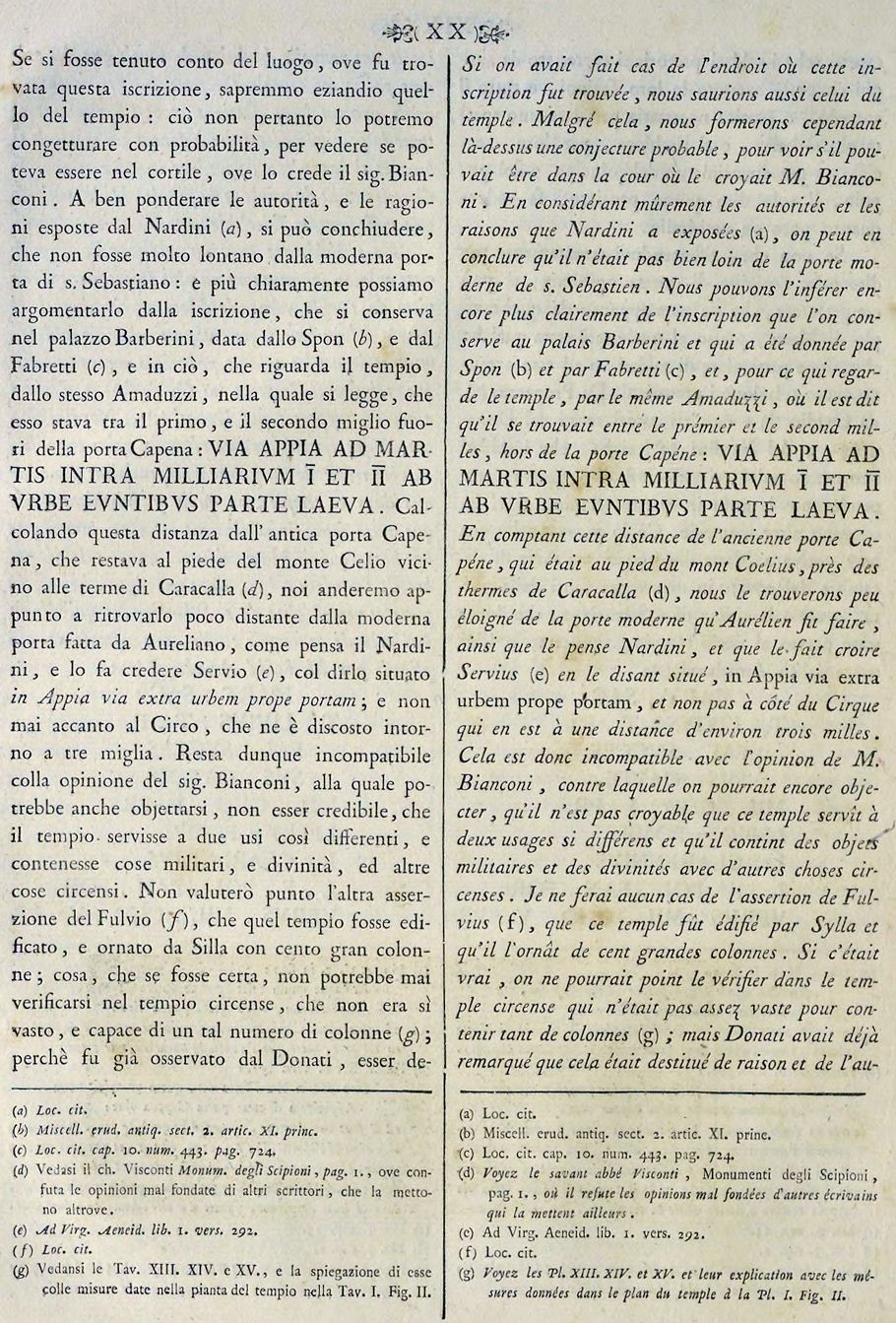
If the place where this inscription was found had been taken into account, we would also know that of the temple: we could not therefore conjecture this with probability, to see if it could have been in the courtyard, where Mr. Bianconi. A well pondering the authorities, and the reasons set forth by Nardini (a), we can conclude, that it was not very far from the modern gate of s. Sebastiano: and we can argue it more clearly from the inscription, which is kept in the Barberini palace, given by Spon (b), and by Fabretti (c), and in this, which concerns the temple, by Amaduzzi himself, in which we read, that it was between the first and second mile outside the Capena gate:
THE APPIA ROAD TO MARS, BETWEEN THE 1st AND 2nd MILES FROM THE CITY OF EVENTS, ON THE LEFT SIDE.
Calculating this distance from the ancient Porta Capena, which stood at the foot of Mount Celio near the Baths of Caracalla (d), we will go to find it not far from the modern gate made by Aurelian, as Nardini thinks, and Servius makes us believe ( e), by saying it located in Appia via extra urbem prope portam; and never next to the Circus, which is about three miles away from it. It therefore remains incompatible with the opinion of Mr. Bianconi, to which one could also object, it is not credible that the temple served two such different uses, and contained military things, and divinities, and other circus things. I will not evaluate at all the other assertion of Fulvio (f), that that temple was built and decorated by Silla with a hundred great columns; thing, which if it were certain, could never occur in the circus temple, which was not so vast, and capable of such a number of columns (g); for it was already observed by Donati that she was deprived of reason and of the authority of the ancients.
46 y.o. Francesco Piranesi 1804
Le Antichità della Magna Grecia Parte I
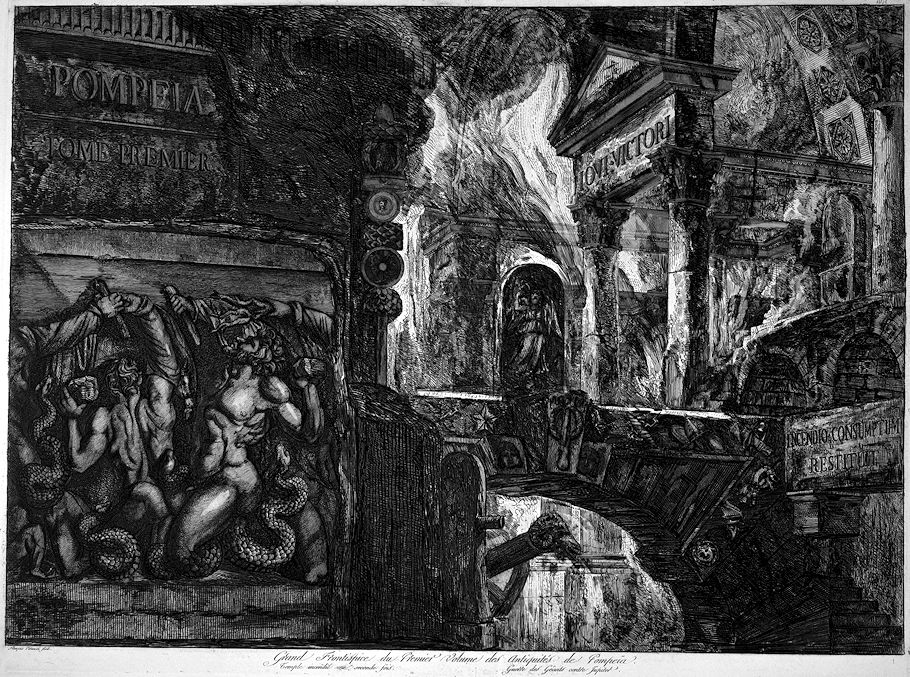
Grand Frontispiece of the First Volume of the Antiquities of Pompeii.
Temple burnt down a second time. Gerre of the Giants against Jupiter.
François Piranesi fecit.
28 June 1812 Sunday
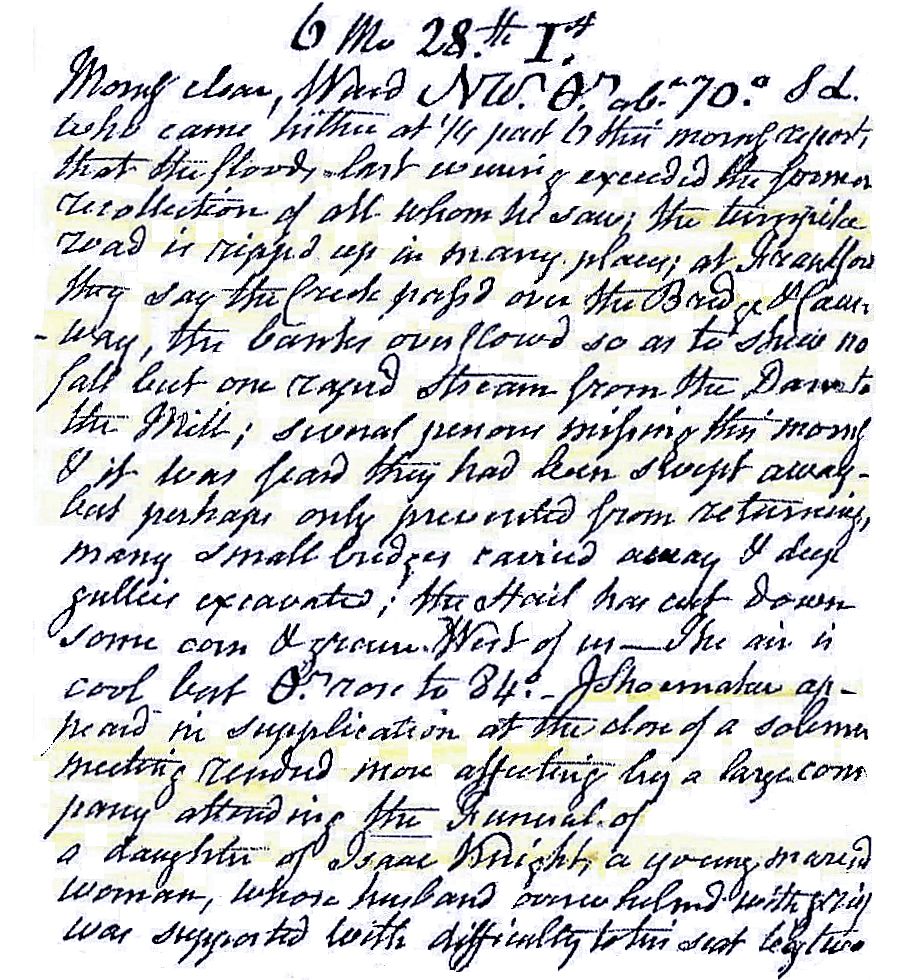
Morning clear, wind NW, temperature about 70°. SL who came hither at 1/4 past 6 this morning reports that the floods last evening exceeded the former recollection of all whom he saw. The turnpike road is ripped up in many places. At Frankford they say the creek passed over the bridge and causeway. The banks overflowed as to show no fall but one raged[?] stream from the dam to the mill; several persons missing this morning and it was feared they had been swept away--but perhaps only prevented from returning. Many small bridges carried away and deep gullies excavated; the hail has cut down some corn and grain. West of us-- The air is cool but temperature rose to 84°. J Shoemaker appeared in supplication at the close of a solemn Meeting rendered more effective by a large company attending the funeral of [blank], a daughter of Isaac Knight, a young married woman whose husband overwhelmed with grief was supported with difficulty to his seat [ ? ]
28 June 1998
Encyclopedia Ichnographica 0.1
Piranesi's ICHNOGRAPHIA CAMPUS MARTIUS, the large plan within the archeological text Il Campo Marzio dell'antica Roma, has inspired numerous architects since its first printing in 1762, yet the Encyclopedia Ichnographica is the first full-scale analysis of the plan's composition, meaning, and message. While representing a 'reënacted' plan of ancient Rome's Field of Mars, Piranesi ingeniously delineates two narratives--that of pagan Rome and that of Christian Rome--and at the same time offers an unprecedented lesson in urban design.
Presented here as a work-in-progress, the Encyclopedia Ichnographica will address every detail of Piranesi's plan through an ongoing delivery of descriptive and analytical texts along with computer generated illustrations of the plan redrawn.
Trajan in Heaven
I found out today (on the web) that Dante places Trajan in Heaven, and as such he is the only pagan Roman Emperor in Heaven. This now answers my question of around six months ago as to the significance of the arch of Trajan being at the beginning of the Triumphal Way within the Ichnographia. I almost can't believe that Dante and the Divine Comedy are involved because this Trajan connection adds significantly to my theory that the Ichnographia Triumphal Way in reverse represents the path to salvation as outlined by Dante's literary masterpiece. It seems now more clear than ever that Piranesi had the Christian [conversion of Rome] very much in mind as subtext.
I now also wonder if there are other clues to be gotten from Dante's text with regard to the Ichnographia (and specifically the Triumphal Way). Perhaps I should get out a book on the Divine Comedy, one that analyzes the text relative to its Roman symbolism.
phone conversation with Sue
I spoke with Sue last Tuesday night, and it was the first time in several months--the first time since I did all the Latin translating. I told her practically everything new that I found and/or figured out, and a few ideas came out of the conversation as well.
1. the notion that the moat around the Bustum Hadriani could represent the limits that Hadrian himself put upon the Empire.
2. where the Bustum Hadriani is within the square precinct limits, the Bustum Augusti is outside of the circular precinct limits. This is another example of the two Busti being inversions of each other.
3. Sue related the story of Jesus appearing to St. Peter outside the walls of Rome. Peter was leaving Rome because he was giving up on the situation there, and Jesus appeared to him and told him to go back. There is a chapel/church on this spot, and there are several paintings. Sue saw this as similar to the reversal of the Triumphal Way, and I agree, the connection is very suggestive.
4. Sue also had a very clear notion of what Tafuri means with regard to Piranesi's loss of language, in that Piranesi was engrossed in mere words (the individual plans of the Ichnographia) and thereby lost or disregarded the notion of composing cohesive sentences, i.e., a workable and properly planned urban design. We now both agree that Tafuri's interpretation is all out wrong because Piranesi's plan is a dense and complex narrative.
Matidia - Hadrian's mother-son theme
I found out today that the Temple of Matidia, which Hadrian dedicated to his mother-in-law, was the first Roman temple named in honor of a woman. This also further highlights the mother-son theme that involves Hadrian and Plotina, as well as his true mother Domitia.
the portrait of Piranesi
There is a portrait of Piranesi engraved by his son Francesco. The portrait is a profile set in a medallion, and the overall composition of the plate is in the Piranesi style. In the lower left corner, there is a stone fragment carved with plans, and it is indeed a fragment of the Ichnographia, specifically the Theater of Marcellus, the Minutia Vetus, and the Porticus Octavae. ...wonder if Francesco, or even Piranesi himself, saw the Ichnographia as Piranesi's greatest achievement. The four-sided Temple of Janus is also clearly delineated on the fragment.
...a case for the father-son theme that begins with Mars and Romulus (inversely God, the Father and His Son Jesus), and could include Augustus and Agrippa, and Trajan and Hadrian, and even Theodosius and Honorius.
28 June 2017
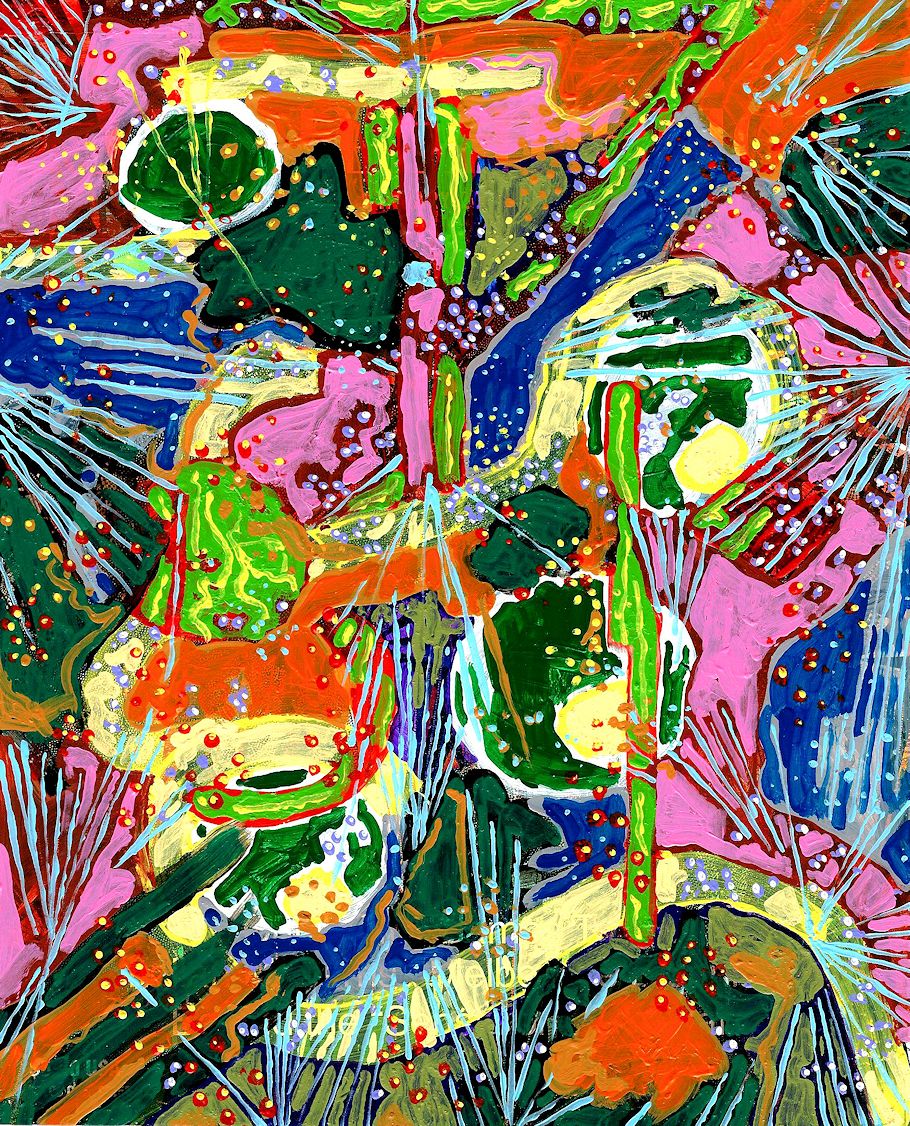
zero five six
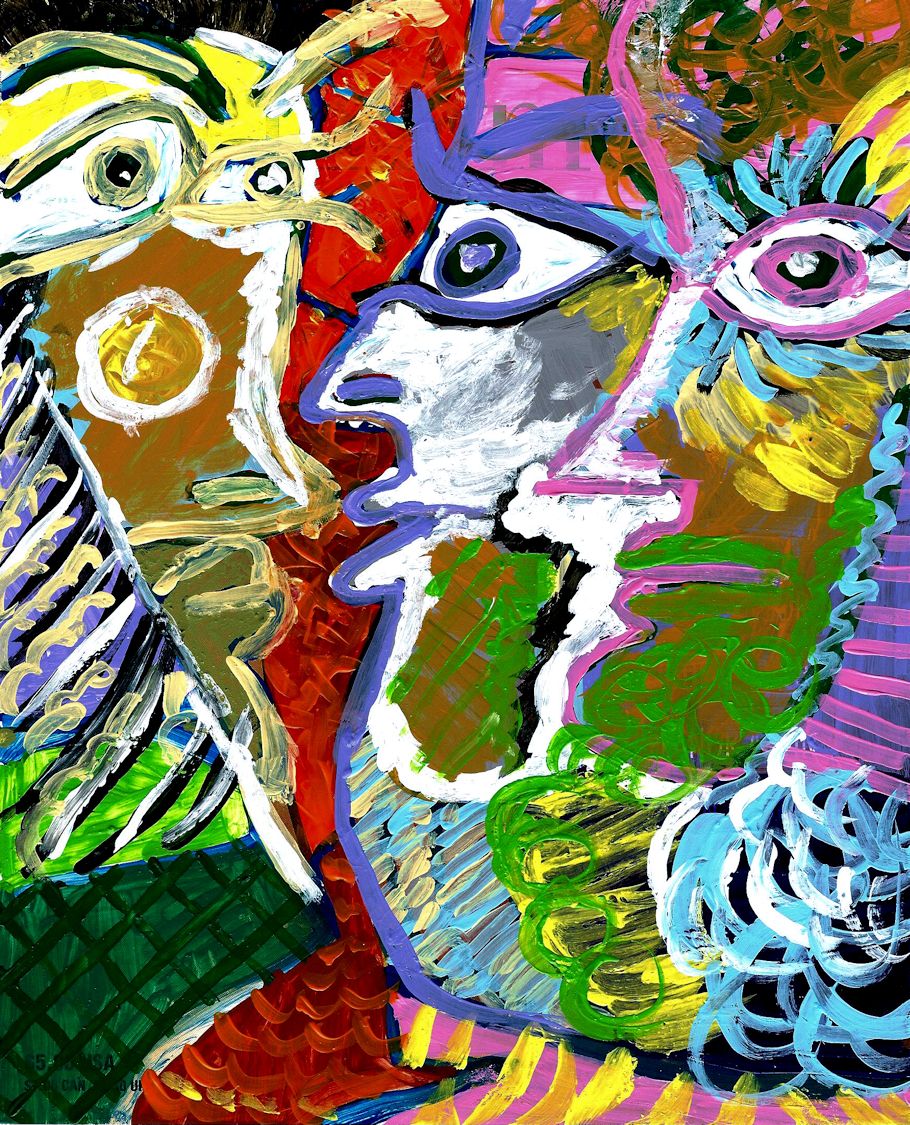
zero five seven
28 June 2021
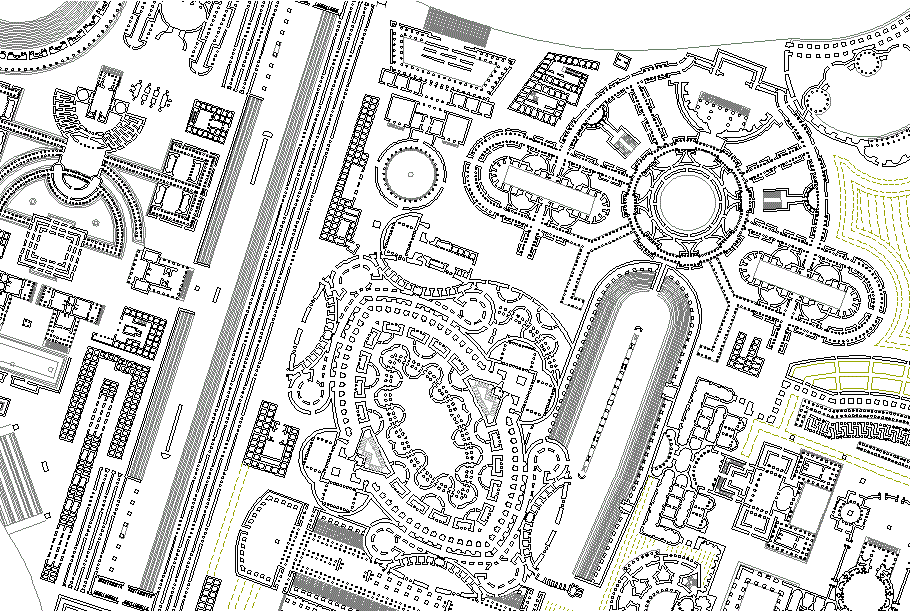
mirror-copy is001 plans working data
28 June 2023 Wednesday
I finally sent an email to Yura, and Yura's response made me very happy. For one, I'm now perfectly comfortable with publishing what I wrote yesterday about 1778.
Yura congratulated me on finding the Bianconi vs. Piranesi 'Circus of Caracalla' affair. (This is the first time anyone expressed something to me about The Discovery of Piranesi's Final Project.) So now, I'd like everyone to remember it was Bianconi, Piranesi, Laura and Francesco, collectively, that knew the full extent of what happened. Given that, what I wrote yesterday about 1778 is not beyond the realm of possibility.
For about 15 minutes before going to bed I did some thinking about what I now think about Sergei Eisenstein and Piranesi--Eisenstein is thoroughly modern and, I'd like to think, Piranesi inspired in Eisenstein a type of hyper-baroque modern. Honestly, I have only a cursory knowledge of Eisenstein's material, so let's just call my new thinking a hunch.
|